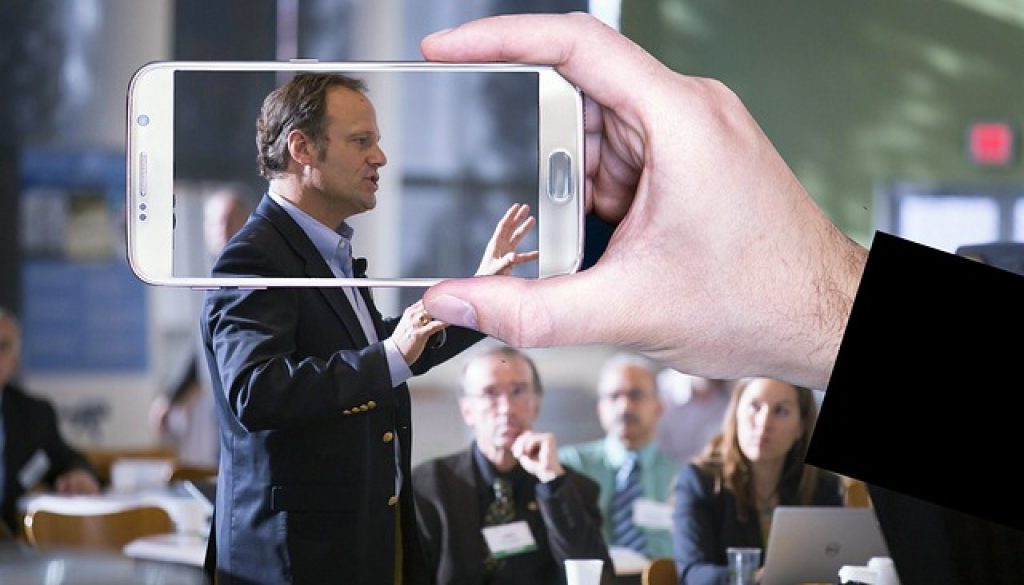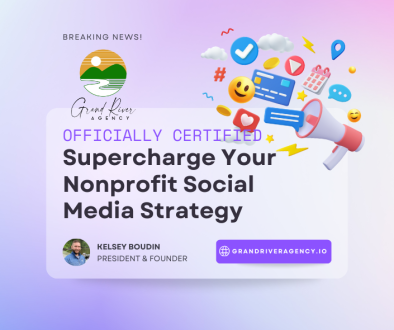Speak Like a Human: Mastering the Art of Professional Speech Writing
Let’s be honest, the art of speech writing today has lost a bit of luster. We can blame politics for that. Whatever “side of the aisle” you’re on, the leaders we hear so much in speeches today are word salad monsters and meandering buffoons who never get to any cogent point.
(For whatever reason, that speech style works for millions of Americans, but that’s a different story for a different day.)
The rest of us rank-and-file professionals are still left with the burden of telling stories that actually sense. Could you imagine giving a speech at a trade show, meandering aimlessly from the most recent research to demonizing competitors back to completely unrelated research? You’d be booed off stage!
So let’s get reacquainted with professional speech writing as it’s meant to be. Let’s prepare to speak like a human.
Professional Speech Writing Tips to Engage Audiences & Become Memorable
Even the most brilliant leader can lose their audience if their speech fails to connect dots or sounds like it was written by a robot.
Your first hurdle? Attention spans are shorter than ever. The secret to professional speech writing is balancing expertise with humanity. If you get too deep in the weeds, statistics and insider jargon, audiences will get bored and tune you out. If you get too comfy and sprinkle three key points in an hour of personal stories like an annoying recipe blogger, no one will get the point.
So you have to strike a balance among being:
- Relatable
- Credible
- Knowledgeable
- Likeable
- Approachable
As someone who’s spent nearly two decades in the trenches of media and communications, I know the art of speech writing is about connecting with your audience in the most genuine way possible. The best professional speech writers weave a story that augments the thesis, reaching out to viewers/listeners as a friend with a helping hand or guiding perspective.
Here’s my take on how to use what I call “muscular writing” to craft speeches that aren’t just heard – but felt.
Know Your Audience & Speak Directly to Them
Before you even put pen to paper (or fingers to keyboard or voice to AI assistant), think about who’s in your audience. Know your audience, as the cliché goes. Professional speech writing doesn’t aim to impress with technical jargon or convoluted ideas.
Instead, it focuses on what matters to the people listening. Ask yourself: What do they need to hear? How can you address their challenges in a way that’s relatable? When you tune into your audience’s interests and pain points, you’re not just delivering information — you’re having a conversation.
For example, if you’re speaking to a group of startup founders, share practical anecdotes about overcoming common entrepreneurial hurdles. When your message resonates with their daily struggles, your speech transforms from a monologue into a dialogue that sparks real connection.
Hook ‘Em Early
We all know that the first 30 seconds of any speech are crucial. That’s your golden moment to grab attention. It’s your elevator pitch in live form. Whether it’s a witty remark, a surprising statistic or a poignant story from your own experience, the hook must be powerful and immediate.
A strong opening sets the stage for everything that follows. It gets your audience salivating for more. It reaches their psyche and speaks to innermost desires, fears or uncertainties.
Invite your audience to lean in and listen.
Simplify Without Dumbing Down
Speakers often get lost in the labyrinth of their own expertise. While it’s important to showcase your knowledge, your audience isn’t there to be dazzled by complex theories or data.
They’re there to be inspired!
Strive to simplify your language. Write to speak concisely. Replace convoluted concepts with clear, quick and powerful statements that hit home. Think of your speech as a friendly conversation where every word counts. The goal is to be memorable and relatable, not to intimidate with complexity.
The Power of Storytelling
Nothing builds connection like a good story. Personal anecdotes, relatable case studies or even a clever metaphor can make your speech unforgettable.
Storytelling is your superpower — it not only humanizes your message but also creates emotional anchors for your audience. When you share a story about overcoming adversity or achieving breakthrough success, you’re not just conveying information; you’re inviting your listeners to experience those moments with you.
It’s this shared experience that makes your message stick.
Structure for Impact
A well-organized speech is like a well-built house: it needs a strong foundation, clear rooms and a comfortable flow. I like to think in terms of a simple structure:
- Introduction: Start with a hook to capture attention.
- Body: Develop your main points with supporting stories and evidence.
- Conclusion: End with a strong call-to-action that leaves your audience ready to act.
This classic structure ensures your message is coherent and your key points are reinforced. It’s like setting up a roadmap that guides your listeners smoothly from point A to point B, with no confusing detours along the way.
No word salad! No meandering!
Keep It Brief and Memorable
Brevity is key. Get to the damn point.
The average adult attention span these days is 8.25 seconds. Experts say the attention span of a goldfish is 9 seconds.
The best speeches are NOT the longest. They’re the ones that stick in the minds of the audience. Be ruthless with your editing. Ask yourself: Does this sentence add value? Can this idea be stated more succinctly? Remember, every word should have a purpose, and sometimes less is more.
The Human Touch in Every Word
At the end of the day, speech writing is an art form that thrives on human connection. Technology and data can provide us with trends and insights, but they can’t replace the nuance and empathy of a well-crafted human message.
A great speech is like a personal letter — it speaks directly to the hearts of those who hear it. It’s this human touch that differentiates an ordinary speech from one that inspires action.
How to Prepare for Your Next Speaking Engagement
As you step up to deliver your next speech, keep these principles in mind. The real magic of professional speech writing happens when you combine clarity with authenticity, and structure with heartfelt storytelling.
Your audience isn’t just listening — they’re connecting with you. Or at least, they would like to. And when you speak like a human, you create a lasting impact that transcends the moment.
For more insights on strategic communications and storytelling for both businesses and nonprofits, keep an eye on our updates at Grand River Agency. Let’s keep the conversation going, one genuine word at a time.
Feel free to contact me directly at ke****@**************cy.org.

President and Founder, Grand River Agency
With over 19 years of diverse experience in print journalism, digital media marketing, and nonprofit administration, Kelsey Boudin founded Grand River Agency (formerly Southern Tier Communications Strategies) in 2020. The agency specializes in offering contract-based strategic communications, content marketing, grant proposals, website design, and public relations services to small businesses and nonprofits. Kelsey’s career spans roles as an editor, content creator, and grant writer, reflecting his expertise in leading successful digital marketing campaigns, securing funding, and executing various projects.




